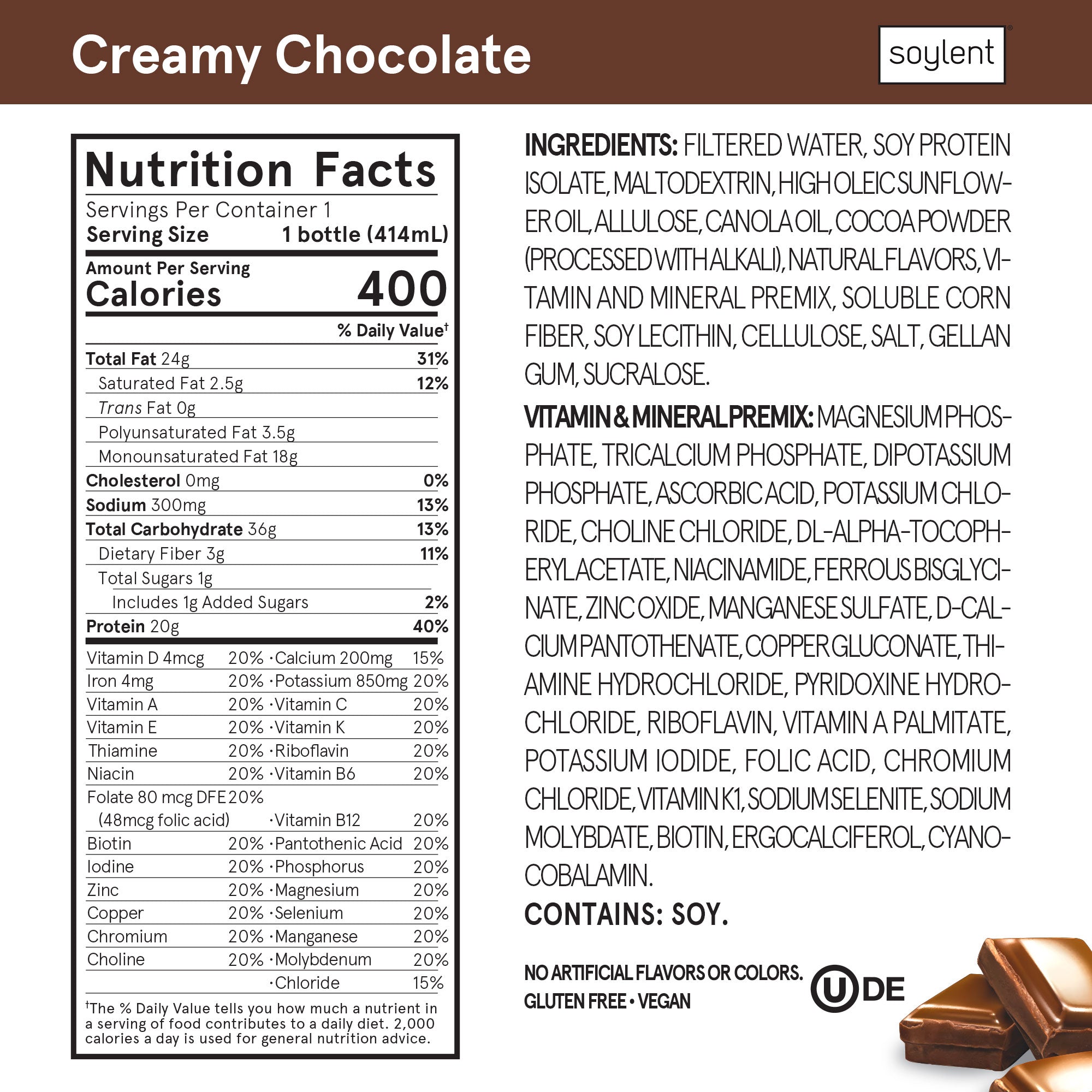Blog
3 min read

Written by: Dietitian - Nicolette DeAngelis, RDN, LDN
The Nutrition Facts Panel found on food packaging displays a lot of information and it can be overwhelming.
The details on the label include the nutrient list and ingredients list. Evaluating a label is important to ensure you know what you’re consuming and help determine if it aligns with your current health goals.
Let’s discuss a few key areas of the nutrition label that can be confusing:


References
1. Daily Values. National Institutes of Health. https://ods.od.nih.gov/HealthInformation/dailyvalues.aspx. Accessed July 2020